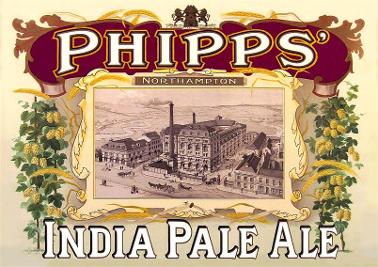Click on the Menu pages above for further details of Collingtree's history
Collingtree parish lies between the surrounding parishes of Milton Malsor, Courteenhall and Wootton and is separated from the latter by a small brook which runs into the River Nene. Even though there has been some recent growth, Collingtree remains a small village.
In 1801 there were 154 parishoners - in 1851 this had risen to 234 and the most recent census showed that there are 1,655 people living in the parish. This includes housing developments around Collingtree Park Golf Course to the north of the parish and bounded by Wootton Brook.
In the Domesday Book, Collingtree is recorded as 'Colentrev' and as 'trev' is the Celtic word for place, this could well derive from the 'the place of St Columb' and be the likely origin of the village name.
A further possibility is that the village name is derived from 'Collyntrough' which is an ancient spring in Watering Lane.
The Lincoln Register in 1241 shows Collingtree and Milton Malsor as a joint Manor with the ownership passing through several family lines including the Wake family. Roger Wake was a supporter of Richard the Third and after the King's defeat at Bosworth in 1485, the manor and land was confiscated but later returned.
In 1642 Collingtree became caught up in the English Civil War when a troop of Roundhead soldiers on their way to the Battle of Naseby billeted at the Wooden Walls of Old England pub - then called 'The Ship'. They drank the pub dry and left without paying the bill of four shillings, six pennies and three farthings - about the cost of a packet of crisps at today's prices.
The manorial rights passed through several families until they were aquired through the purchase of land by a Victorian businessman who became Collingtree's greatest benefactor.
Pickering Phipps was head of 'Phipps and Co.' one of the biggest Breweries in the Midlands. he was twice elected as MP for Northampton, twice elected as its Mayor and involved with most of the major charities of the time. In 1871 the Phipps family built a grand mansion, 'The Grange' and Parkland next to the church and involved themselves in the welfare of the village. When Pickering Phipps died in 1890 it took a Sergeant and ten constables to control the hundreds of mourners who packed the narrow High Street. (see opposite for link to the Phipps website)
The next owners of the Grange were the Sears family who also became major benefactors of the village. The Grange was finally demolished in 1963 to make way for a new housing development but the landscaping and ornamental trees of the parkland are still very much in evidence.
The most dramatic change for the village came in 1959 with the opening of Britain's first motorway. The M1 sliced through the old parish and subsequently became a new boundary which took Collingtree into the Borough of Northampton.
Collingtree has more than doubled in size in the last 30 years but despite being bordered by the M1, the A45 Trunk Road and spreading urban growth from the north, the village has retained much of its original character and rural identity.
See more on village history on Old Collingtree and Parish People pages and see 'Carry On Collingtree' - a short history of a small village on You Tube.Link below.
Click on pictures to enlarge

Like the river Nene, the boot and shoe industry, the Cobblers, The Saints, Jimmy's End Lighthouse, Bassett Lowke, picture perfect villages of iron and limestone, Phipps is lodged deep in the county's collective memory. The idea of a pint of Phipps stirs up evocative associations in those for whom the past is not a foreign country: the smell of the shoe factory and leather works, pounds shillings and pence, steam trains, spires and squires, rolling green fields and hedge rows, open roads, warm and welcoming pubs selling local beer... a gone but not forgotten world.